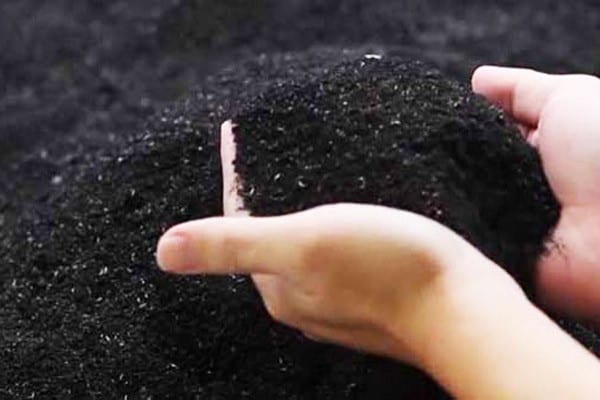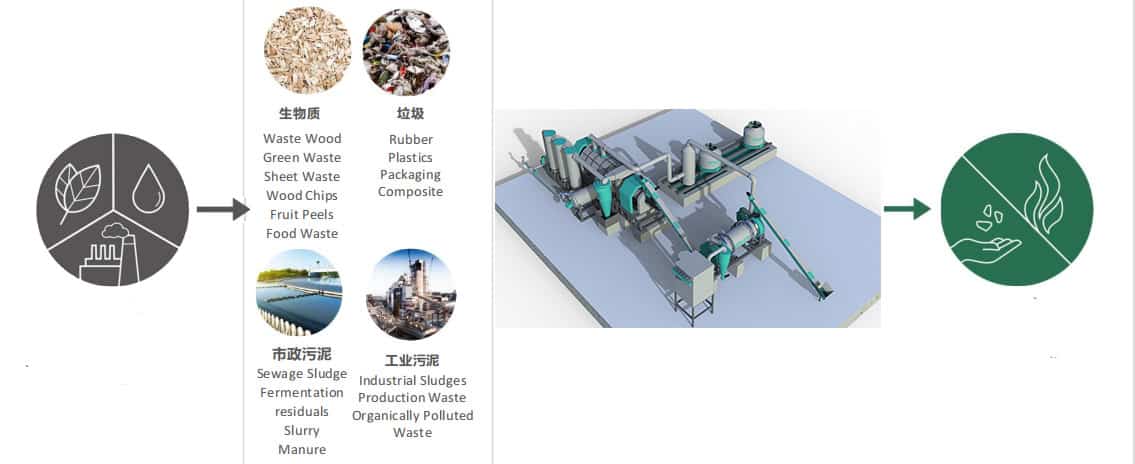According to the research of solid fuel combustion theory and biomass solution dynamics, the biomass carbonization process can be divided into the following stages:
The first drying stage, also known as the dehumidification stage. Biomass raw materials absorb heat in the carbonization furnace, and then the water evaporates and volatilizes. At this stage, the chemical composition of biomass has almost no change.
Then comes the thermal decomposition stage. Biomass continues to absorb heat until the temperature reaches above about 200 ° C. In the material, molecular bonds break and rearrange, and organic matter gradually volatilizes. The internal materials begin to decompose thermally. Under the condition of oxygen deficiency, combustible gas fuel is generated for combustion, providing heat source for the completion of carbonization of materials.
The last stage is the carbonization stage. The temperature of this stage is 300-500 ° C, in which the materials are rapidly pyrolyzed to produce liquid products such as wood tar, acetic acid and combustible gases such as methane and ethylene. With separation and precipitation, we finally get a solid product, which is composed of carbon and ash.

Pyrolysis and carbonization of biomass is a complex process with many reactions. It has the following characteristics:
- The heating rate is small, generally below 20-30 ° C/min. The experimental results show that compared with the fast heating method, the slow heating method is helpful to improve the carbon yield.
- Lower pyrolysis temperature. It is beneficial to obtain high-quality low-temperature carbon products.
- Reuse combustible gas to save fuel. Combustible gases such as carbon monoxide, methane and oxygen generated in the carbonization process can be recycled as heat source through the flue gas recovery device.

Olten®biochar production equipment ,continuous biomass pyrolysis machine ,Your best choice.






